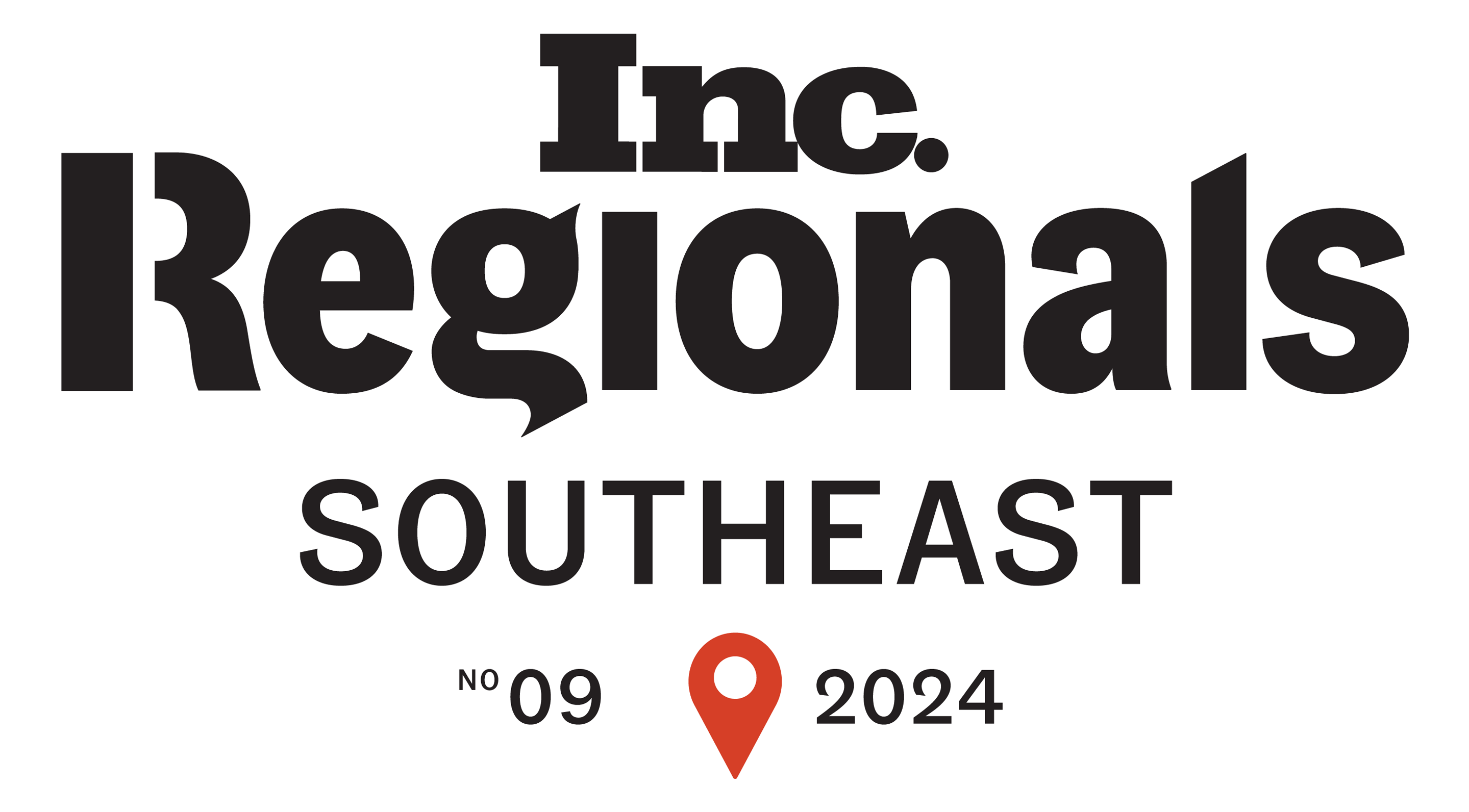Manufacturers and OEMs often struggle with managing warranty service requests efficiently. Did you know that optimizing service scheduling can reduce downtime by up to 30%? This article will explore practical ways to improve warranty service efficiency through smart scheduling. We'll cover key strategies, important factors to consider, and how to implement effective solutions that benefit both your company and your customers.
Understanding the Importance of Efficient Warranty Service Scheduling
Warranty service is a crucial part of customer support for manufacturers. When products need repair or maintenance, customers expect quick and reliable service. But managing these requests can be tricky, especially when dealing with high volumes.
Smart scheduling is the key to making warranty service run smoothly. It's all about matching the right technicians with the right jobs at the right time. This helps reduce wait times, cuts costs, and keeps customers happy.
Key Factors in Optimizing Warranty Service Scheduling
Service Request Volume
Knowing how many service requests you typically get is crucial. This helps you plan better and make sure you have enough staff to handle the workload. Keep track of your request numbers over time to spot patterns and prepare for busy periods.
Service Provider Capacity
It's important to know how many technicians you have available and what they can handle. This includes their skills, locations, and work hours. Having a clear picture of your capacity helps you assign jobs more effectively and avoid overbooking.
Request Priority
Not all service requests are equally urgent. Set up a system to rank requests based on how critical they are. This helps you tackle the most important issues first and manage customer expectations better.
Scheduling Algorithm
Using a good scheduling system can make a big difference. Look for software that can automatically match jobs with the right technicians based on various factors like skills, location, and urgency.
This can save time and reduce scheduling errors.

Strategies for Improving Warranty Service Efficiency
Use Data to Forecast Demand
By analyzing past service data, you can predict busy periods and plan accordingly. This might mean hiring temporary staff during peak times or adjusting technician schedules to match demand.
Implement a Flexible Scheduling System
Choose a scheduling system that can adapt to changes quickly. This is helpful when unexpected issues come up or when customers need to reschedule. A flexible system helps you keep things running smoothly even when plans change.
Prioritize Training and Skill Development
Well-trained technicians can handle jobs more efficiently. Invest in regular training to keep your team's skills up-to-date. This can lead to faster service times and fewer repeat visits.
Improve Communication
Good communication is key to efficient service. Make sure your technicians have the right tools to stay in touch with the office and customers. This can help reduce misunderstandings and wasted trips.
Monitor and Improve Performance
Regularly check how well your scheduling system is working. Look at metrics like service completion rates, customer satisfaction, and technician productivity. Use this information to make ongoing improvements to your process.
Implementing an Effective Warranty Service Scheduling Solution
When setting up a new scheduling system, start by clearly defining your goals. What specific problems are you trying to solve? Then, choose a solution that fits your needs and budget.
Involve your team in the process. Get input from technicians, customer service reps, and managers. Their insights can help you choose and set up a system that works well for everyone.
Plan for a smooth transition. Provide thorough training for all users and be ready to offer support during the early stages. It might take some time for everyone to get used to the new system, so be patient and address any issues promptly.
Remember, improving warranty service scheduling is an ongoing process. Keep looking for ways to make your system better, and be open to feedback from both your team and your customers.
By focusing on these key areas and strategies, manufacturers can significantly boost their warranty service efficiency. This leads to happier customers, reduced costs, and a stronger reputation for reliability and support.
Implementing Smart Scheduling Solutions
Now that we've covered the key factors and strategies for improving warranty service efficiency, let's look at how to put these ideas into action. Implementing a smart scheduling system can seem daunting, but with the right approach, it can lead to significant improvements in your service operations.
Choosing the Right Scheduling Software
One of the first steps in implementing a smart scheduling solution is selecting the right software. There are many options available, ranging from basic scheduling tools to advanced systems with AI-powered features. When choosing a system, consider these key points:
- Ease of use: The system should be user-friendly for both your staff and customers.
- Customization: Look for software that can be tailored to your specific needs.
- Integration: Make sure it can work well with your existing systems.
- Scalability: Choose a solution that can grow with your business.
- Support: Ensure the provider offers good customer support and training.
Remember, the best system for you will depend on your company's size, budget, and specific needs. It's worth taking the time to research and compare different options before making a decision.

Training Your Team
Once you've chosen a scheduling system, the next crucial step is training your team to use it effectively. This includes not just your scheduling staff, but also technicians, customer service representatives, and managers. Here are some tips for successful training:
- Start with the basics and gradually introduce more advanced features.
- Provide hands-on practice sessions to help staff get comfortable with the new system.
- Create clear guidelines and procedures for using the scheduling software.
- Encourage feedback and questions from your team throughout the training process.
Gathering and Using Data
Smart scheduling relies heavily on good data. As you implement your new system, focus on collecting and analyzing relevant information.
This might include:
- Historical service request data
- Technician availability and skills
- Customer preferences and feedback
- Service completion times
- Travel times between service locations
Use this data to fine-tune your scheduling algorithms and make informed decisions about resource allocation. Over time, you'll be able to spot patterns and trends that can help you further improve your service efficiency.
Continuous Improvement
Implementing a smart scheduling system isn't a one-time task. It's an ongoing process of refinement and improvement. Regularly review your system's performance and look for ways to make it even better. This might involve:
- Asking for feedback from customers and staff
- Keeping an eye on new features or updates from your software provider
- Comparing your performance metrics before and after implementation
- Adjusting your scheduling rules and priorities as needed
Remember, even small improvements can add up to significant gains in efficiency over time.
Overcoming Common Challenges
As with any big change, you may face some challenges when implementing a new scheduling system. Here are some common issues and tips for dealing with them:
- Resistance to change: Some staff members might be hesitant to adopt new technology. Address their concerns and highlight the benefits of the new system.
- Data accuracy: Make sure your team understands the importance of inputting accurate information into the system.
- Technical issues: Have a plan in place for dealing with software glitches or downtime.
- Customer adoption: If your system includes customer-facing features, consider offering incentives or extra support to encourage adoption.
By anticipating these challenges, you can plan ahead and minimize disruptions to your service operations.
Measuring Success
To gauge the effectiveness of your new scheduling system, it's important to track key performance indicators (KPIs). Some useful metrics to monitor include:
- Average time to complete a service request
- Customer satisfaction ratings
- Technician utilization rates
- Number of service requests handled per day
- Travel time between service locations
By regularly reviewing these metrics, you can see how your new system is impacting your overall service efficiency and identify areas for further improvement.
Implementing a smart scheduling solution takes time and effort, but the potential benefits are significant. With the right approach, you can streamline your warranty service operations, improve customer satisfaction, and boost your bottom line.
Improving Customer Experience Through Smart Scheduling
Smart scheduling isn't just about making appointments. It's about creating a system that makes customers happy and keeps your business running smoothly. Let's look at some ways to make this happen.
Putting Customers First
The key to great scheduling is thinking about what customers want. They don't like waiting, and they want things to be easy. So, how can we give them that?
One way is to offer different ways to make appointments. Some people like to call, while others prefer to book online or through an app. By giving choices, you make it easier for everyone.
Another important thing is to be flexible. Life happens, and plans change. If you can adjust schedules without too much trouble, customers will appreciate it. This might mean having some open spots each day for last-minute bookings or changes.
It's also good to send reminders. A quick text or email can help people remember their appointments and show up on time. This saves everyone's time and keeps things running smoothly.
Making the Most of Your Team
Your staff is a big part of smart scheduling. They're the ones who make it all happen. So, how can you help them do their best work?
First, think about their skills. Not everyone is good at everything, and that's okay. If you match the right person to the right job, things will go much smoother. This might mean keeping track of who's best at what and scheduling accordingly.
It's also important to give your team the right tools. Good scheduling software can make a big difference. It can help keep track of appointments, send reminders, and even suggest the best times for certain tasks. This takes some of the pressure off your staff and helps prevent mistakes.
Don't forget about breaks and downtime. If your team is always rushing from one thing to the next, they'll get tired and stressed. Build in some breathing room to keep everyone fresh and focused.
Learning and Improving
The best scheduling systems are always getting better. How? By looking at what's working and what's not.
One way to do this is to ask for feedback. After each appointment, you could send a quick survey asking how it went. This gives you real information about what customers think and where you might need to improve.
You can also look at your own data. Are there times of day when things always seem to run late? Or days when you're always short-staffed? By spotting these patterns, you can make changes to fix problems before they start.
Don't be afraid to try new things. Maybe you could offer early morning or late evening appointments for people with busy schedules. Or you could try grouping similar tasks together to save time. The key is to keep an open mind and be willing to adjust.
Dealing with the Unexpected
No matter how well you plan, sometimes things go wrong. A staff member gets sick, equipment breaks down, or a customer is late. How you handle these situations can make a big difference.
Having a backup plan is important. This might mean having some staff on call or keeping some appointment slots open for emergencies. It's also good to have clear policies about things like late arrivals or cancellations. This helps everyone know what to expect.
Communication is key when things go off track. Let customers know as soon as possible if there's a problem, and offer solutions if you can.
Final Thoughts
Smart scheduling is about more than just filling up your calendar. It's about creating a system that works for everyone – customers, staff, and your business. By putting customers first, making the most of your team, always learning, and being ready for the unexpected, you can create a scheduling system that really shines.
At OnPoint Warranty, we understand the challenges of creating an efficient scheduling system. We offer solutions that help businesses streamline their scheduling processes, improve customer satisfaction, and boost overall efficiency.
Our advanced platform is designed to handle complex scheduling needs while keeping things simple for both staff and customers. Get in touch to learn more about how we can work together to create a scheduling system that truly works for you and your customers.
Next Steps
Ready to turn your warranties into a customer loyalty goldmine?
Don't let warranty management be an afterthought. Embrace it as a powerful opportunity to build trust, showcase your values, and create customers for life.
And if you want to take your warranty game to the next level, it's time to learn more about OnPoint Warranty.
OnPoint Warranty is your secret weapon for transforming warranties from a necessary evil into a competitive advantage. With their cutting-edge platform and expert support, you can:
- Streamline your claims process for maximum efficiency and customer satisfaction
- Offer extended warranties that delight customers and differentiate your brand
- Leverage warranty data for personalized, proactive customer engagement
- And much more
If you're serious about building customer loyalty that lasts, you can't afford to ignore the power of warranties. And you can't afford to settle for anything less than the best in warranty management.
So what are you waiting for? Give us a shout today and learn how we can help you turn warranties into a customer loyalty goldmine. Your customers (and your bottom line) will thank you.








